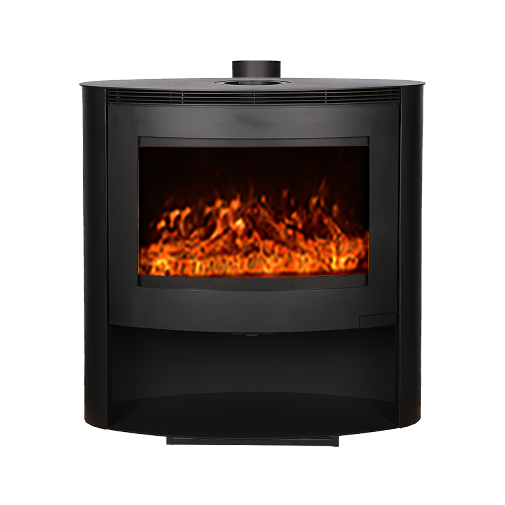In today’s world, more homeowners are seeking eco-friendly heating solutions that are both efficient and sustainable. A Freestanding Fireplace can be a practical, environmentally conscious alternative to traditional heating systems. In this blog, we’ll explore how freestanding fireplaces can help reduce your environmental footprint while providing the warmth and comfort you desire.
Energy Efficiency
A Freestanding Fireplace is often more energy-efficient than other forms of heating. Unlike central heating systems that heat an entire home, freestanding fireplaces provide direct, localized heat to the room in which they are placed. This means you can heat only the spaces you're using, which reduces energy consumption and lowers your overall heating costs.
Electric freestanding fireplaces, in particular, are highly efficient. They convert almost all of the electricity they use into heat, making them a cost-effective way to heat specific areas of your home. They also often come with built-in thermostats and timers, allowing you to control the temperature precisely and reduce unnecessary energy use.
Reduced Carbon Footprint
For homeowners who prefer traditional heating methods, Freestanding Fireplaces powered by renewable resources, such as wood, can offer a greener alternative to fossil-fuel-based heating systems. Wood-burning fireplaces provide natural heat, which is renewable and carbon-neutral when sourced responsibly. By using sustainably harvested wood, you can enjoy the comfort of a fire without contributing to deforestation or excessive carbon emissions.
Many freestanding wood-burning models are also designed to be more efficient than traditional open fireplaces. They burn wood more completely, producing less smoke and particulate matter, which benefits both your health and the environment.
Sustainable Living
By choosing a Freestanding Fireplace, you’re making a commitment to sustainable living. These fireplaces are often made from durable, recyclable materials, meaning that they can be reused or recycled at the end of their lifespan. In addition, their long-lasting nature reduces the need for frequent replacements, helping to minimize waste.
Electric models, in particular, have a minimal environmental impact compared to other heating systems. They do not require the burning of fuel, and with many power grids shifting toward renewable energy sources, the environmental footprint of using an electric freestanding fireplace continues to decrease.
Conclusion
A Freestanding Fireplace is an environmentally friendly heating solution that can help reduce your carbon footprint while providing efficient warmth. Whether you choose an electric model for its energy efficiency or a wood-burning version for its renewable heat source, a freestanding fireplace offers a sustainable way to stay warm. By opting for a freestanding fireplace, you're making a positive impact on both your home and the environment.

